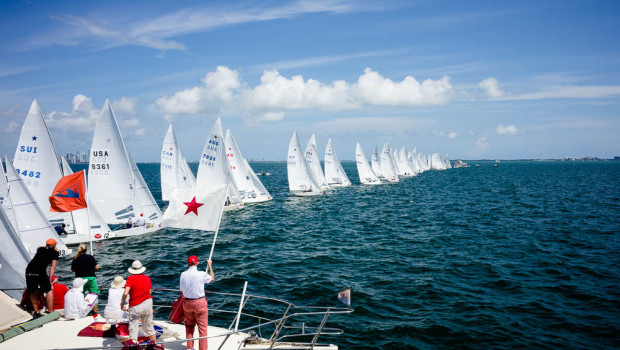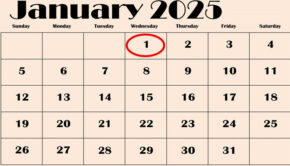Onboard the Race Committee Boat
Published on March 12th, 2014
by Matt Bounds, US Sailing National Race Officer
A Race Officer’s most important job on the water is providing a fair start for the competitors. Identifying OCS boats is a primary component of that.
Technological solutions have been proposed for decades. The RFID chips used for runners are inappropriate. They must be close (a few centimeters) to a sensor that activates the passive chip – a practical impossibility on a starting line that can be hundreds of meters long. Affordable, consumer GPS is still not sufficiently accurate or reliable (Stan Honey’s system for the America’s Cup used sophisticated techniques not available in consumer GPS units to refine the accuracy to 2 cm.) Optical distortion and the two-dimensional nature of camera lenses make photographic and video evidence only marginally useful.
So we are left with the human line spotters – who, given the proper tools and training can perform the task with remarkably few errors and at virtually no cost to the competitors. An anchored boat serving as the start pin is one of the primary tools. It provides a stationary platform for multiple sets of eyes to sight the line. Voice recorders, radios, cell phones and scribes are used to document the moments leading up to and immediately following the start. If the competitors are aggressive, and providing there is nothing inherently wrong with the starting line (too short, one end too favored), there are several tools in the racing rules of sailing that the Race Officer can use to control the mayhem – “I”, “Z” and Black flags.
Probably the least used tool and the least draconian of the starting penalties is the “Z” flag (20% penalty). I’m not sure why it isn’t used more – in many cases, the competitors just aren’t familiar with it and are unsure how to adapt their starting strategy. In high-level events, the ISAF race management policy is to go straight to the Black flag after a last-second Postponement or General Recall, ostensibly to eliminate multiple recalls. However, use of the Black flag places a heavy burden upon the race committee to properly document the start. After all, the RC’s primary job is to start boats, not disqualify them.
In regards to redress for an OCS call, it is the competitor’s burden to prove that the race committee made a mistake that made the competitor’s result significantly worse through no fault of their own. A well-documented start is a race committee’s best defense against redress requests. Juries will give significant weight to such documentation, since the line spotters are in the best position to call the line.
It is rare that an OCS redress request is successful unless the boat has a witness or can prove it was a case of mistaken identity.









 We’ll keep your information safe.
We’ll keep your information safe.